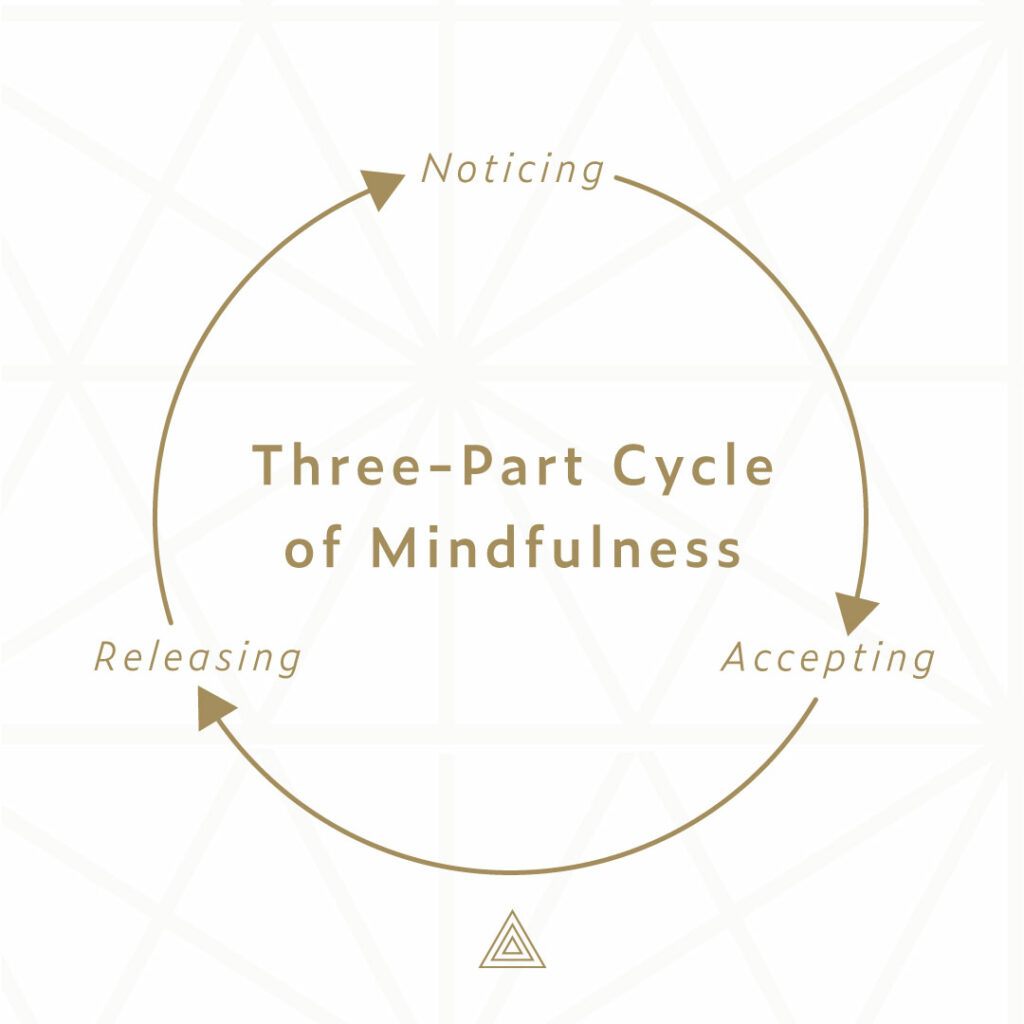POV: You are living in the year 2021 and everyone you know is talking about their meditation practice. The best-selling authors use it for creativity, the groundbreaking CEO’s use it for clarity, and the spiritual powerhouses use it for channeling. The mom-next-door relies on it for her patience, the sober coworker swears by it for his 12-steps, and even the local dog-walker prides herself on her go-to practice. It is everywhere, and by “it” we mean the growing mixture of new, old, and even questionable meditation styles.
If you are dying to start your own practice, but the options are overwhelming you, we’re here to help narrow it down. Try one of these three meditation styles. Or better yet, try them all! Each style has its own long list of benefits, as well as its own personality. You may find yourself leaning towards one or another depending on what you need to embrace, let go of, or reflect on.
Choose your own adventure, meditation style.
Meditation Styles for Every Mind
In many ways, meditation is for the mind what exercise is for the body. Just as no two bodies are the same, neither are any two minds. Your meditation practice is unique to you. Luckily, there are as many ways to meditate as there are ways to move your body! Even better, there is no right or wrong approach.
Regardless of which style you choose, meditation is a personal journey. It doesn’t require you to keep up with the latest trends sweeping through social media or even purchase the most popular Apps. All you need to experience the wide array of benefits (read more about them here!) is breath and consistency.
Take those two things with you as you get good and grounded with these meditation styles.
Mindfulness Meditation, or Open-Monitoring
Mindfulness is a buzzword in the world of wellness, and rightfully so! It’s as simple as its name suggests; fully attending your mind to what is happening within you, what is happening within your environment, and how you are moving between the two. However, as the CURED CEO often says, what is simple isn’t necessarily what is easy.
Being fully present doesn’t sound like much, but it’s a tricky task when you are battling a monkey mind, a jam-packed schedule, and a load of hefty responsibilities. You may be well accustomed to different trains of thought racing through your mind at one million miles per hour. If this resonates, then beginning a mindfulness meditation practice will feel like the most maddening medicine.
If you’re interested in learning more about how beneficial mindfulness meditation is for the highly-distracted monkey mind, check out this blog post!

Mindfulness, or samatha, meditation is rooted in creating a sense of calmness and tranquility. A key component of this is a position of non-attachment and non-judgment. The continuous, three-part cycle of mindfulness involves noticing, accepting, and releasing.
As opposed to more traditional practices, mindfulness meditation styles don’t come with any hard and fast rules. In fact, they can be practiced just about anywhere, at any time. You can sit in a lotus position with a few dimmed lights, but you can also be washing the dishes or waiting in the check-out line at the grocery store. To practice, bring all of your awareness into the present moment. It’s helpful to use your breath as an anchor, and you may find that following each in-breath and out-breath allows you to gently detach from fleeting thoughts and perceptions.
A second component of this meditation style is its inherent position of allowing. Open-monitoring, as the name suggests, does not require a tight grip on control or an emptied mind. On the contrary, mindfulness meditation allows thoughts, emotions, and sensations to freely move in and out of your awareness. Your only intention is to notice what is present, when it is present, and then watch as the wave recedes.
Focused-Attention Meditation
As opposed to open-monitoring, which allows for a sense of “mindful wandering” in the present moment, focused-attention meditation styles ask you to direct all of your mental awareness to one thought, mantra, or object. This approach can also be practiced in a variety of formats and environments, but it departs from mindfulness in the singular nature of one focal point.
Using the same example as that given above, mindfulness can be thought of as standing on a platform and noticing each train of thought as if it’s passing through the station. The trains are different colors, they have a different number of rail cars, and they are going in any number of directions. Your job isn’t to conduct the trains; it is simply to notice each one. In focused-attention meditation, you are the conductor. You limit which trains of thought are passing through the station. By focusing on just one train, or one object, you are eliminating the business and emptying your mind.
This meditation style can be practiced with any target. A few common examples include the flame of a candle, an aromatic essential oil, the feeling of gratitude, or a contemplative mantra like, “So Hum.”
First, begin with a few long, cleansing breaths. Try lengthening your inhalations and exhalations to six seconds, each; repeat this cycle for five total rounds. This breathing technique will bring your heart and mind into energetic coherence. You may find that closing your eyes during this breathwork allows you to settle deeper into your body.
When you feel ready, direct your attention to your chosen target. Try experiencing it, rather than mentalizing it. When your attention drifts, compassionately pull it back to the target and continue.

Vipassana Meditation
Originating 2,500 years ago, Vipassana meditation, also known as insight meditation, is one of the most ancient techniques. Its goal, if it’s fair to ascribe goals to a practice that is intended to instill presence, is to help individuals use an unencumbered mind-body connection to attain the highest levels of happiness, freedom, and self-awareness.
Traditionally, vipassana meditation is built upon the foundation of mindfulness. Attuning to the present moment without judgement is the unspoken prerequisite for deepening awareness. Vipassana incorporates the ability to notice one’s thoughts, emotions, and physical sensations, and encourages practitioners to use this knowledge to cultivate radically honest self-understanding. Ultimately, this understanding leads to greater peace, self-regulation, and liberation from unnecessary suffering.
Within this style of meditation, the practitioner actively frees herself to the extent that she knows herself. Her awareness propels her downward, into her-self, and forward, into her life.
To practice, begin by finding a comfortable seat and turning your attention to your breath. You may find it helpful to use the same, six-second breathing technique. Throughout your meditation, your breath will serve as an anchor if (and when) distraction arises. After several cycles, shift your awareness to your body. Scan your focus from head to toe, moving systematically and organically through each body part. Notice what thoughts, emotions, and sensations are present from a place of neutrality. Continue to move through and along your body without becoming attached to one area or one sensation.
This self-scanning will last for the duration of the practice, and you will return to areas of your body more than once. When you do, notice the feelings, colors, and textures that are present with the same gentle curiosity and openness.
For each of these meditation styles, there is no required length of time. You may wish to cultivate mindfulness or drop into self-awareness for one, undistracted hour; or you may find your own practice most helpful as a ten-minute scan before you get out of bed each morning. Trust yourself to decide and even to change your mind. This will empower you to create the most individual and sustainable meditation practice.
References:
Goenka, S. N. (n.d.). Vipassana. Vipassana Meditation. https://www.dhamma.org/en-US/about/vipassana.










